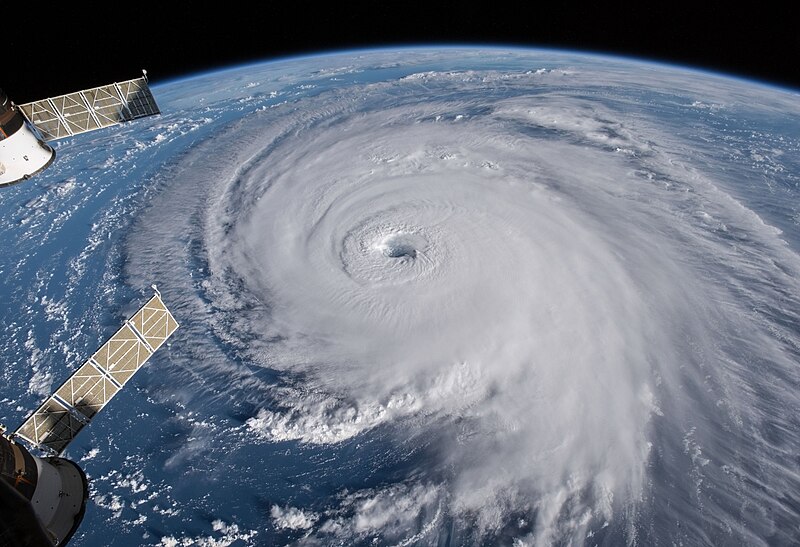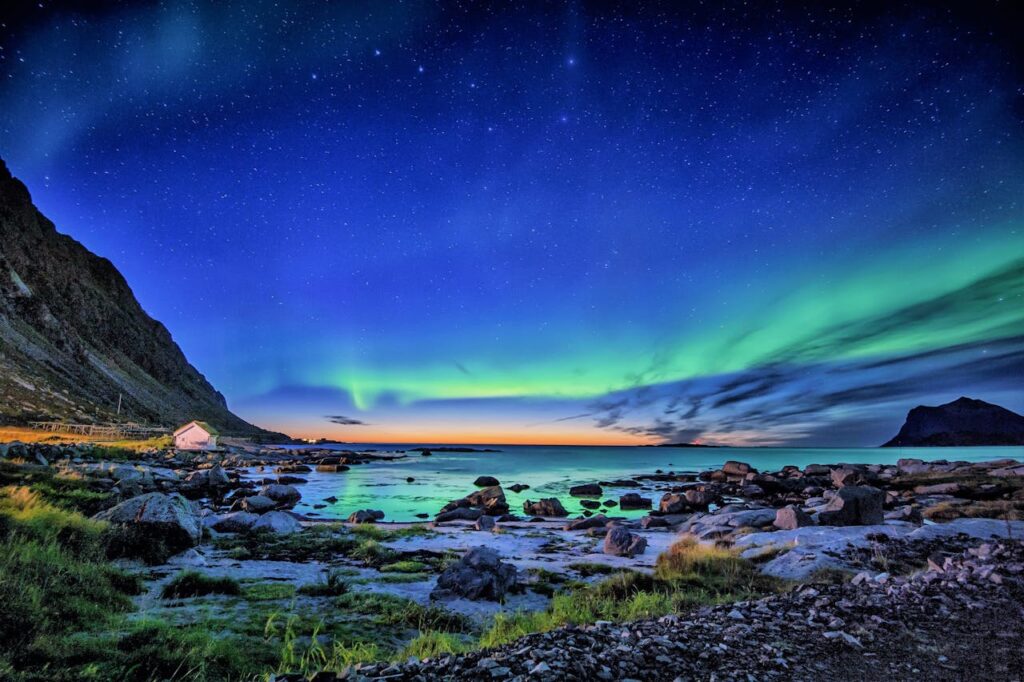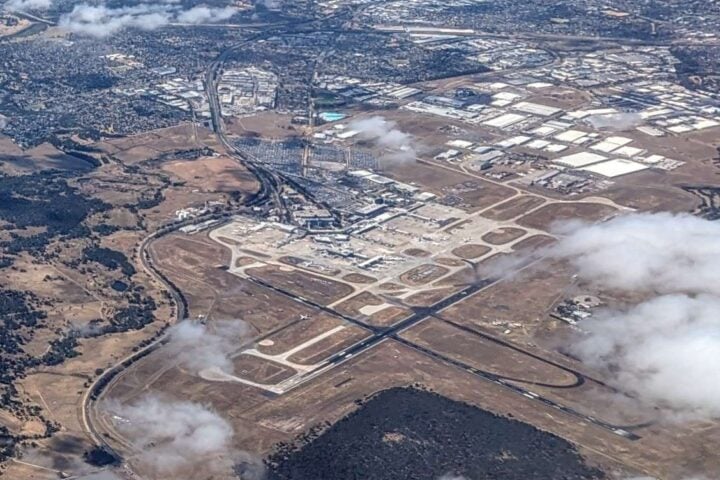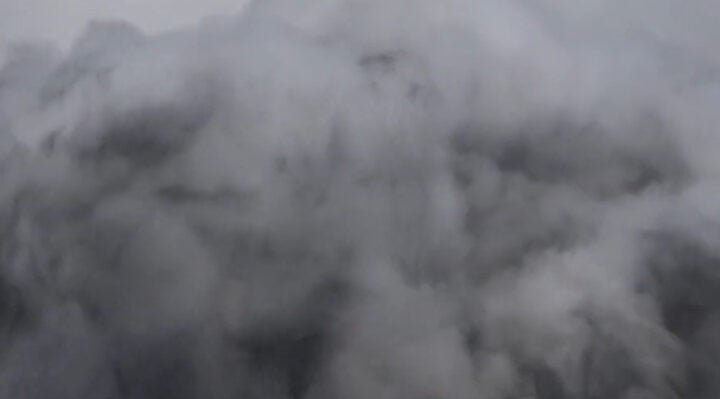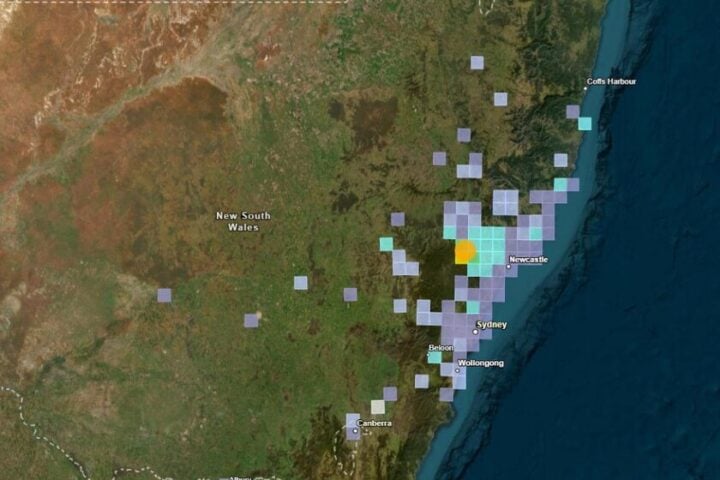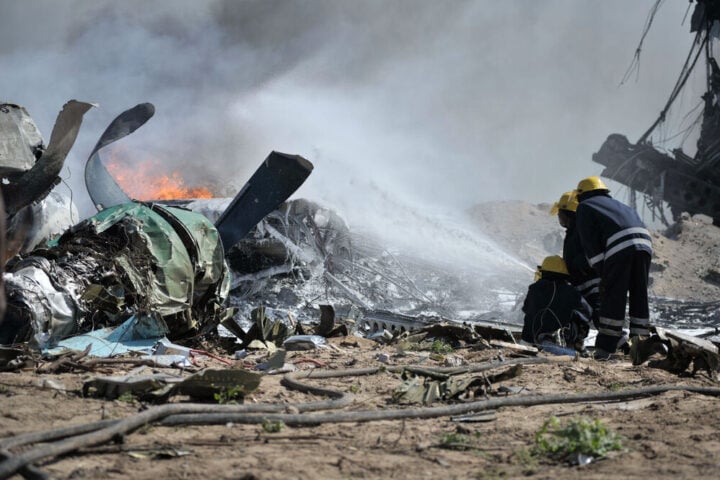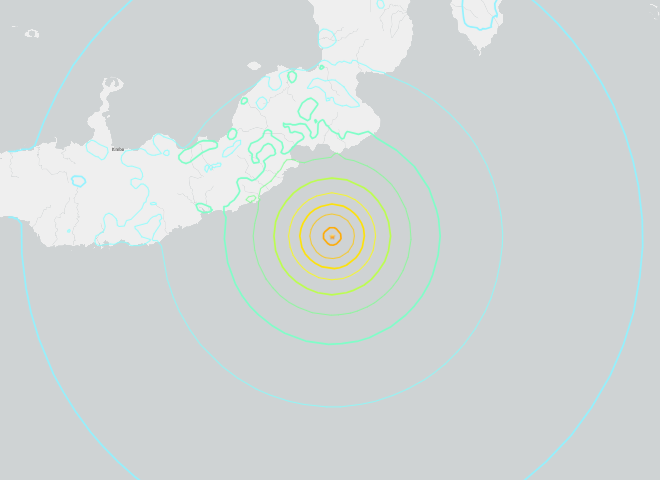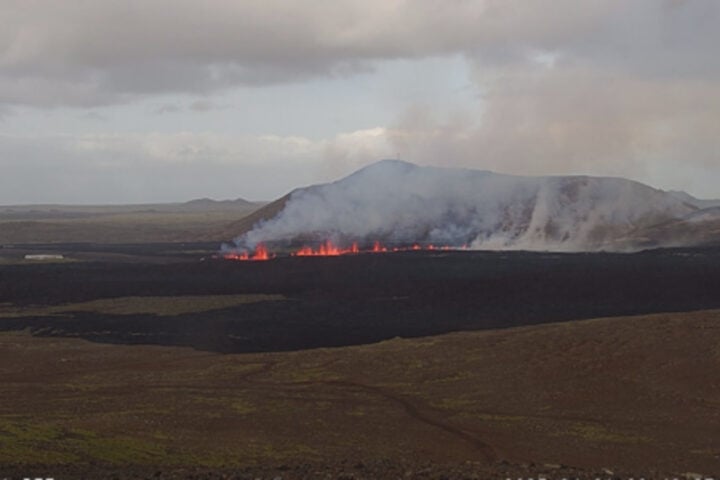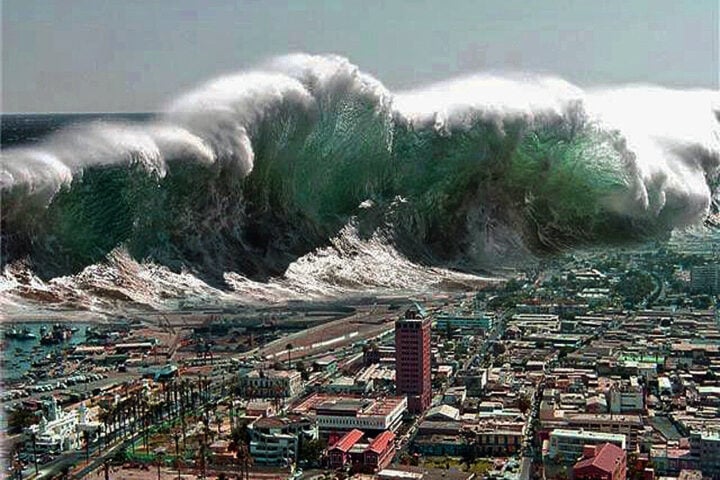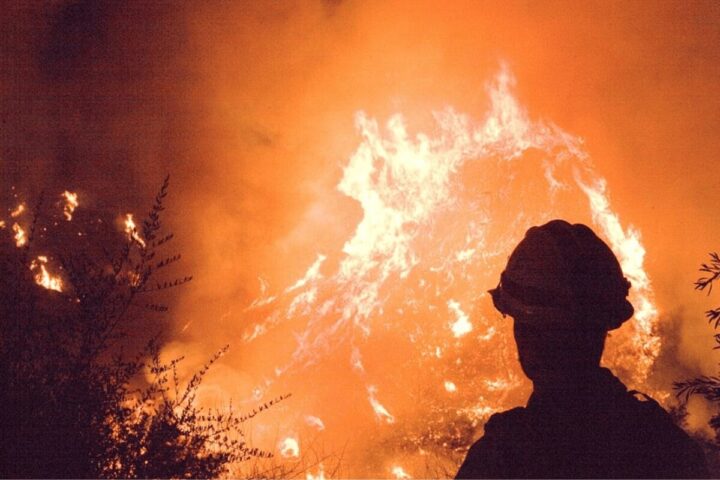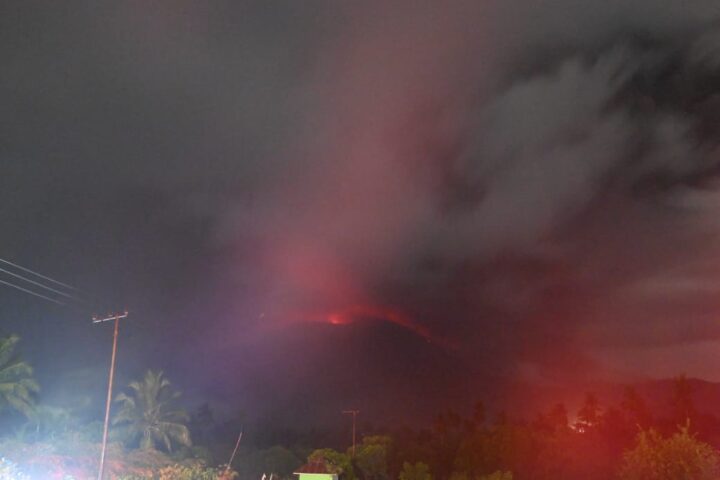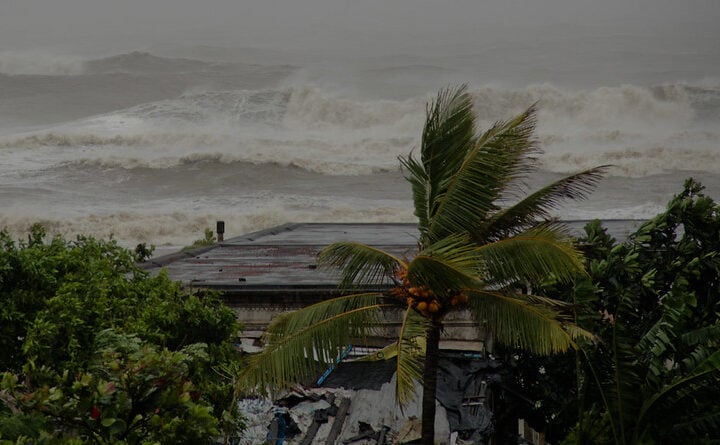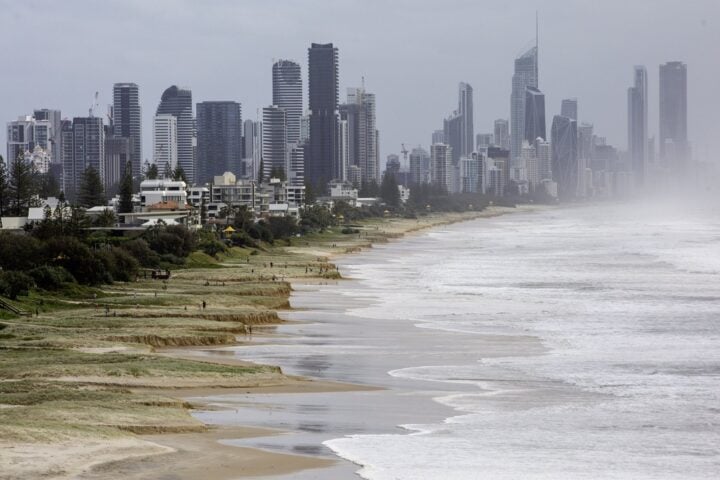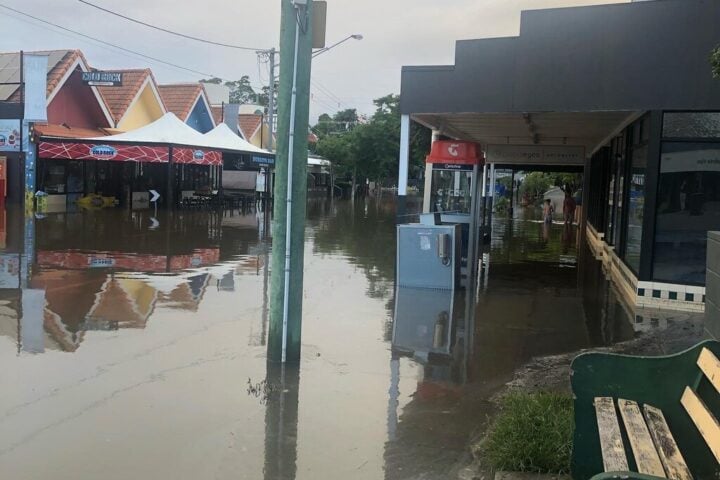Climate scientists warn of an unprecedented threat to American coastal cities: the emergence of “Ultra-Intense Category 6” hurricanes. These theoretical mega-storms, with winds exceeding 192 mph and 25-foot storm surges, could reshape our understanding of extreme weather events.
Over 60 international experts have concluded that fossil fuel emissions have injected enough energy into Earth’s systems to create conditions for these super-hurricanes. Their research suggests these storms could materialize by 2100, with potentially catastrophic implications for major metropolitan areas.
The New York Threat
Scientific models predict a particularly devastating scenario for New York City. The projected storm, theoretically named Hurricane Danielle, would follow a path similar to 2012’s Hurricane Sandy, moving through the channel between Staten Island and Brooklyn’s Dyker Heights.
Michael Wehner, senior scientist at Lawrence Berkeley National Laboratory, states, “Some Category 3 storms are really deadly, and some Category 5 storms aren’t by the time they make landfall.” This observation underscores the limitations of current classification systems.
The impact on New York’s infrastructure would be severe. The storm’s intense winds would snap the Verrazano-Narrows Bridge’s three-foot-thick suspension cables. The Freedom Tower’s windows, built to withstand gusts up to 200 miles per hour, would blow out, ironically reducing its windage and likely saving the building.
Beyond Wind Speed
AccuWeather Chief Meteorologist Jonathan Porter raises concerns about focusing solely on wind categories: “It is not evident how having an additional category would improve preparation or decisions.” This perspective reflects a broader debate about risk communication.
Dr. Joel Myers, AccuWeather’s founder, elaborates: The scale “on its own doesn’t capture all the severe impacts of hurricanes and tropical storms.” Research shows 76% of hurricane-related fatalities stem from flooding and storm surges rather than wind damage.
Similar Posts
Climate Change Connection
James Kossin, atmospheric scientist, explains: “Our results are not meant to propose changes to this scale, but rather to raise awareness that the wind-hazard risks from storms presently designated as Category 5 have increased.”
Studies indicate a doubling of Category 6 potential since 1979. Hurricanes will slow by 15% by 2100 and carry 20% more water vapor, with the potential to spawn up to fifty tornadoes. These cyclones would carve furrows through parks, neighborhoods, and streets, strong enough to blow the roof off the Metropolitan Museum of Art and uproot rows of plane and oak trees in Central Park.
Infrastructure Vulnerability
The $1.7 billion Lower Manhattan Coastal Resiliency climate adaptation plan’s retaining walls around Battery Park would be overwhelmed. Ocean and river water would mix at the eastern edge of Tompkins Square Park, flowing through Chinatown, Little Italy, and the boutiques of NoHo and SoHo. Sea level rise compounds the threat – a storm like Sandy would have caused significantly less flooding in 1912 than in 2012, due to the 12-inch sea level increase over that century.
Michael Brennan, National Hurricane Center director, emphasizes focusing on individual storm risks rather than categories: “At NHC, we’ve tried to steer the focus toward the individual hazards.”
Projected Impact
Scientists estimate approximately 42,000 lives could be lost in such a scenario. The widespread devastation would cripple transit systems and communications infrastructure, making rescue operations nearly impossible. Thousands of families would be affected, with hundreds of neighborhoods potentially destroyed. The character and viability of America’s largest city would face unprecedented challenges, raising questions about rebuilding efforts.
